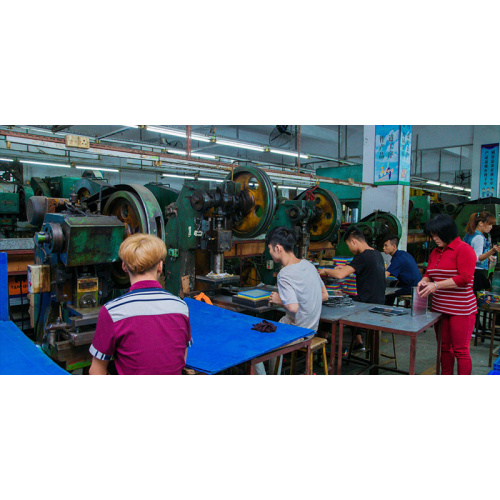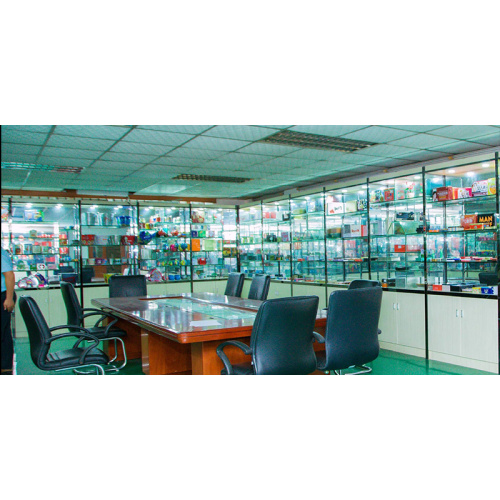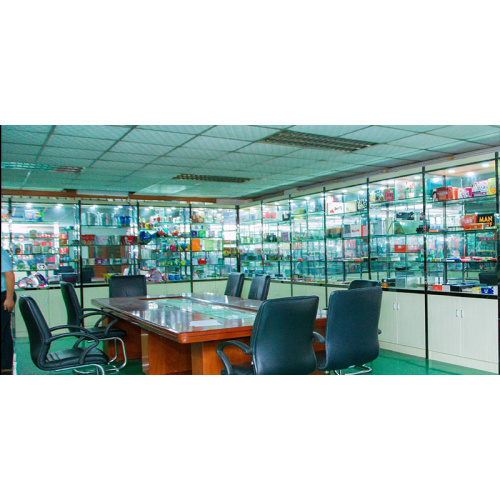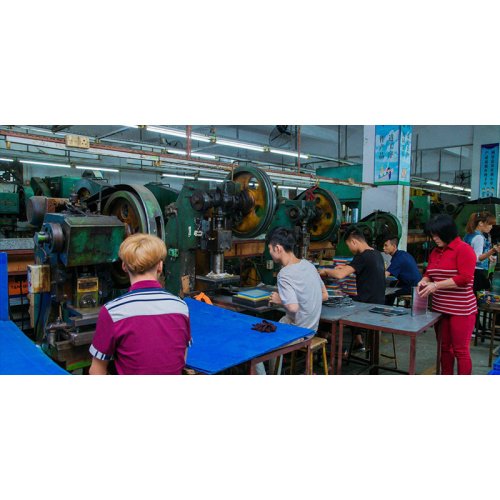【Chinese Packaging Network News】 This article uses a test container OX2/230 oxygen permeability test system for high-barrier aluminum bottles used in health liquid foods, oxygen permeability test, in order to evaluate the advantages and disadvantages of its oxygen barrier, Provide relevant data companies with reference to technical data.
1, the meaning
Health food is a kind of food. Besides having the proper properties of food, it can also improve the function of human body, but it is not a substitute for medicines used to treat diseases. Most of the health foods are made from nutrients required by the human body and are extracted from natural plants, vegetables, fruits, dairy products, etc. Some health food ingredients are easily oxidized or absorb moisture, so the packaging should be excellent The ability to block outside oxygen and water vapor.
The packaging used for health foods is mainly high-barrier materials. Most of them are packaged in containers made of plastic or metal materials, which can protect the quality of the contents as well as aesthetic requirements. The health foods packaged in metal bottles are easily oxidized and have long shelf life requirements. Therefore, the barrier properties of metal bottles determine the quality of health foods and the length of their shelf life. How to evaluate the oxygen barrier property of the metal bottle to the outside world, you need to use a specific container oxygen permeability test device to accurately test the bottle body, low oxygen permeability indicates that the metal bottle has high oxygen barrier. This article uses Labthink Languang independent research and development of the OX2/230 oxygen permeability test system to detect the oxygen permeability of the metal bottle, that is, the bottle's barrier to external oxygen, can provide technical reference for the relevant health food production industry.
Metal bottle
(1) Reference Standard
At present, there is no detection standard for oxygen permeability of containers in the country. This article is based on ASTMF1307-2002 (2007) “Standard Test Method for Determining Oxygen Permeability of Solid Packages Using a Power Sensor”.
(2) Test samples
A brand nutrition liquid aluminum bottle.
(3) Test equipment
For container samples with low values of oxygen permeability, the test equipment is usually tested according to the principle of isobaricity specified in ASTM F1307. This paper uses the Lanthink blue light OX2/230 oxygen transmission test system for testing.
2. Equipment principle
The oxygen transmission rate test system adopts the principle of isobaric testing. The pre-treated sample is clamped between the test chambers. Oxygen or air flows on one side of the membrane. High purity nitrogen flows on the other side of the membrane. The molecules diffuse through the membrane to the high purity nitrogen on the other side and are carried by the flowing nitrogen to the sensor. The oxygen concentration measured by the sensor is analyzed to calculate parameters such as oxygen permeability. For packaging containers, high-purity nitrogen flows in the container, and air or high-purity oxygen surrounds the outside of the container.
3. Scope of application
Containers: Suitable for tests of oxygen permeability of bottles, bags, cans, boxes, and barrels made of plastics, metals, rubber, paper, paper-plastic composites, glass, etc., such as Coke bottles, peanut oil drums, Tetra Pak packaging, Vacuum packaging bags, three metal cans, plastic cosmetics packaging, toothpaste hoses, jelly cups, yogurt cups, etc.
Films: Suitable for oxygen permeability test of various plastic film, plastic composite film, paper-plastic composite film, co-extruded film, aluminized film, aluminum foil, aluminum-plastic composite film and other film-like materials.
Sheets: Oxygen permeability test for various sheet materials such as engineering plastics, rubber, building materials, such as PP sheet, PVC sheet, PVDC sheet, etc.
Can meet the standards: ASTM F1307, ISO15105-2, GB/T19789, ASTMD3985, ASTMF2622, ASTMF1927, JISK7126-2, YBB00082003 and many other national and international standards.
4. Equipment parameters
The test range of the container sample is 0.0001~60cm3/(pkg·d), the resolution is 0.00001cm3/(pkg·d); the test range of the film sample is 0.01~6500cm3/(m2·d), resolution It is 0.001cm3/(m2*d).
Three identical or different specimens can be tested at the same time. The system can support up to 10 instruments in parallel and establish an efficient system for simultaneous testing of 30 specimens.
Test temperature control range 15 ~ 55 °C, temperature control accuracy of ± 0.1 °C.
Test humidity control range 0%RH, 35%RH~90%RH, humidity control accuracy is ±
A wide range of high-precision temperature and humidity control range, both sides of the sample can be humidified to achieve the test under different conditions of temperature and humidity.
Pressure compensation technology ensures high accuracy and repeatability of test results.
It can be combined with the water vapor transmission rate test system to form a hybrid test system, which is controlled by a single computer to achieve the simultaneous testing of oxygen and water vapor transmission rates.
LystemTM laboratory data sharing system is supported to manage test results and test reports.
5, the test process
(1) Seal the edge of the aluminum bottle's mouth with a sealing and highly adhesive fast-adhesive on the container sample sealing device. After the sealing is completed, clamp it into the instrument and seal it with a sealed bag. The bottle body sample and the sealing device are sealed and bandaged.
(2) Open the instrument control software, set test parameters such as test temperature, test humidity, etc., click the test option, and the test starts.
(3) Adjust humidity and carrier gas flow.
(4) After the test is completed, record the instrument's automatically calculated test results.










